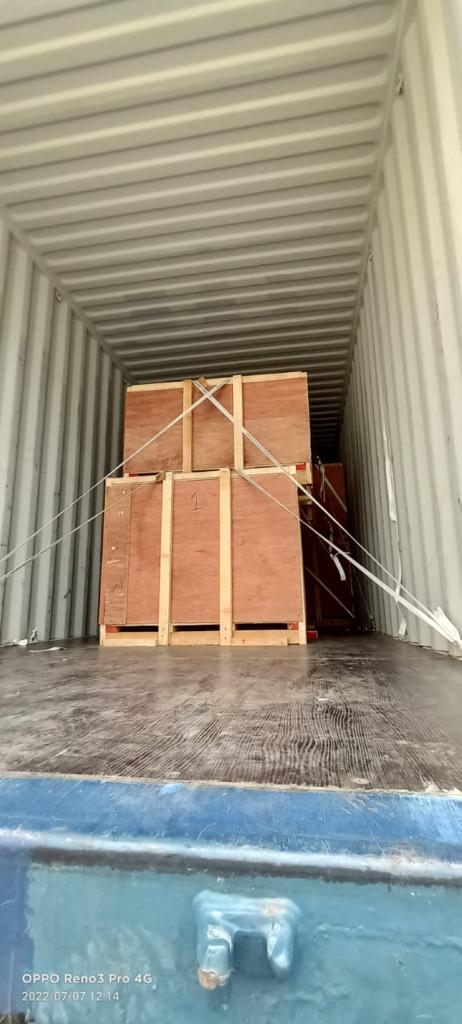Principles and Guidelines to Container Lashing
Container lashing is the process of securing a container to the deck of a ship and Cargo Lashing is securing the goods Inside the container to prevent external forces from damaging the goods while in Transit.
Shoring and Wedging are the two most common methods for securing goods in containers.
Shoring – Spars, bars, and struts secure the cargo or goods from pressing each other or against the wall. Wire, Chains, Ropes, or netting secure the anchor points and avoid damage to the Cargo.
Wedging – Wooden pallets help to balance the load inside containers. Besides it also protects the cargo from collapse or dislocation. Scantlings and planks help create ventilation and secure the cargo from collapsing inside the containers. These methods keep the goods intact and avoid damage in transit.

What are the basics of Securing Container Lashing?
Container Lashing is a technique used to secure cargo on ships. It prevents cargo from shifting during transit and techniques like wrapping the cargo help to secure the goods. There are no easy techniques for lashing goods. Securing the goods inside the container must be treated based on the type of goods, the equipment available, and most importantly the fittings or systems provided inside the container to secure the goods. Some of the factors to consider are:
They are points provided to secure the goods inside the container. Follow the loading limitations and secure the goods using the safety points provided.
Nails can be used against the wooden floor and they can only be penetrated two third of the floor for safety standards set for adequate grip.
Shoring is a technique used inside the container to secure the goods. Timber should be used longitudinally to balance the weight between the wall and the point of support.
Wrapping or filler pieces like rubber, paper pads, chafe, or cardboards should be used to avoid rubbing or hitting against the walls of the container.
How to choose the right type of container lashing
A good container lashing should be able to withstand harsh weather conditions, heavy loads, rough handling, and other adverse conditions. You need to consider several things before choosing the right container lashing. These include the following:
- Type of cargo
- Size of the container
- Weight of the load
- Weather conditions
- Handling requirements
- Cost
- Quality
- Warranty
- Serviceability
- Safety
How to improve Cargo security using lashing methods
The cargo lashing method is a site-to-site transportation method that improves freight security.
Lashing the cargo inside the container using safety points is a way to secure it and prevent theft. This method has been in use for decades and still used today.
The process of lashing involves securing the goods on the container with wood, cardboard, steel cables, chains, or straps. The lashing technique ensures that the goods cannot be removed without cutting them off.
The lashings are not just for security purposes but also to help prevent any damage during transit and keep the contents of the goods from shifting inside during transport.
To conclude Container Lashing is the way forward for safe cargo handling. Lashed containers offer a safe, reliable, and cost-effective solution to your site-to-site transportation needs.

